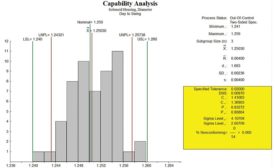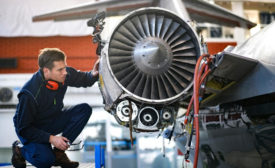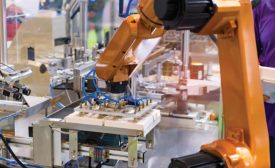Home » manufacturing
Articles Tagged with ''manufacturing''
Here are some things organizations can do right now to keep pace with changing technology -- and help polish the field's image.
Read More
The Unfolding Course of Events
Looking to the past provides some perspective.
June 30, 2020
Ask the Expert
Capability Analysis
This first column will focus on this technique.
June 25, 2020
Save Time with Auto Ballooning
By auto ballooning various model types, companies can complete forms faster.
June 1, 2020
Three Manufacturing Trends that Meet the Need for Speed
The business world, including the manufacturing sector, seems to move a little faster every day.
June 1, 2020
Compliance Today
No matter what is going on in the world, you can feel prepared.
June 1, 2020
Producing Additively Manufactured Parts
The future of additive manufacturing will include an increasing number of production applications.
June 1, 2020
Stay in the know with Quality’s comprehensive coverage of
the manufacturing and metrology industries.
eNewsletter | Website | eMagazine
JOIN TODAY!Copyright ©2024. All Rights Reserved BNP Media.
Design, CMS, Hosting & Web Development :: ePublishing










